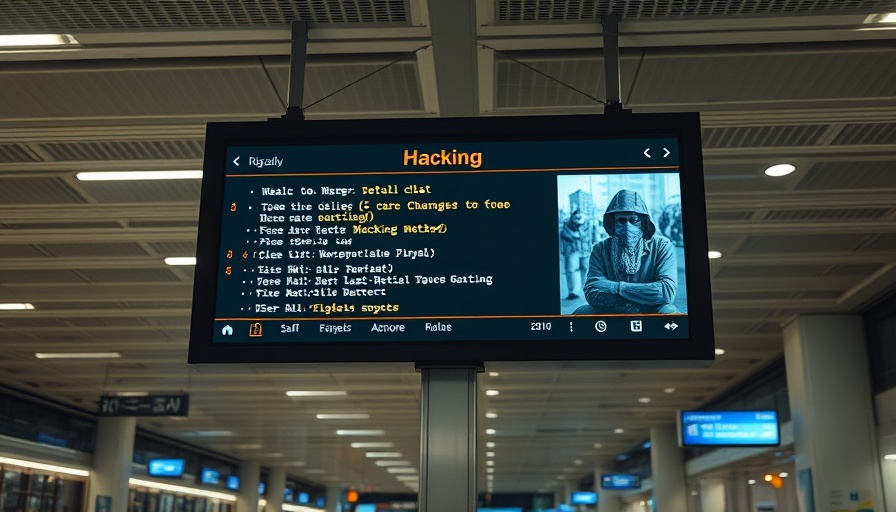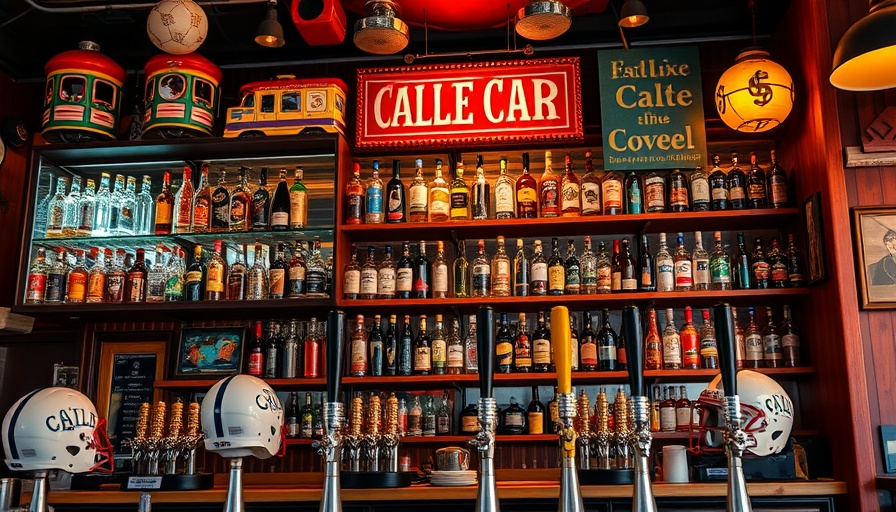
Caribbean Drug Smuggling: A Shift in Tactics
The Caribbean has long been a hotspot for drug trafficking, a legacy rooted in its geography that connects South America and the United States. Recent actions by the U.S. military, including airstrikes on drug trafficking boats, have intensified efforts to combat this issue. These moves have caused drug smugglers to rethink their strategies, shifting from traditional maritime routes to air transportation, as highlighted by the increased number of flights carrying illegal drugs.
The Impact of Increased U.S. Military Presence
The U.S. military escalated its operations in the Caribbean last month when it launched an airstrike on a speedboat near the Dominican Republic, resulting in the deaths of three individuals and a significant loss of illicit cargo. Over 375 packages of cocaine were scattered in the ocean, amounting to a staggering recovery of nearly 19,000 kilos by Dominican authorities this year alone. This spike in drug seizures is attributed to the U.S. presence—indicative of a fierce campaign against narcotics trafficking.
Historical Context of Drug Trafficking in the Caribbean
Historically, the Caribbean served as a key corridor for Colombian cartels, especially during the narcotics boom of the 1980s. Shows like “Miami Vice” glamorized the drug trade, a far cry from the harsh realities faced by many countries in the region today. The contemporary rise in enforcement, particularly by the U.S. military, reflects changing dynamics within drug trafficking networks, forcing traffickers to adapt their methods as apprehensions and airstrikes become commonplace.
The Emerging Trends in Drug Distribution
As traffickers encounter increased resistance from U.S. and allied forces, reports indicate a resurgence of smuggling via commercial flights. The high demand for cocaine in Europe—where prices tend to exceed those in the U.S.—has prompted a shift in focus from classic maritime routes to more elusive aerial operations. This evolution might allow smugglers to bypass U.S. naval patrols, signaling a fundamental alteration in the drug smuggling landscape. Meanwhile, the Trump administration's strategy, branding cartels as terrorist organizations, has substantial implications for US foreign policy and regional security, compounding an already complex issue.
Challenges for Caribbean Nations
Countries in the Caribbean face difficult challenges as they work to combat drug trafficking while maintaining relations with the U.S. This duality often leads to increased violence among gangs competing for routes and territory, and a rise in drug-related crime, complicating the socio-political landscape. Local governments are struggling to balance the need for U.S. support against the impact of military operations on their own sovereignty and public safety.
Future Predictions: What Lies Ahead?
Looking ahead, experts suggest that without sustainable measures to address the underlying socioeconomic factors contributing to drug trafficking, violence and instability may continue to escalate. Reforming local economies and investing in community programs could provide a long-term solution to mitigate reliance on the drug trade as a means of survival for many individuals in these regions. Additionally, changes in global drug policy may emerge as nations band together to confront the transnational nature of these crimes.
Final Thoughts
As the Caribbean continues to navigate the volatile waters of drug trafficking, the stories of those caught in the crossfire—both traffickers and authorities alike—remind us of the complex interplay between law enforcement and socioeconomic factors. The evolving landscape of narcotics trafficking presents both dangers and opportunities for reform. Understanding these dynamics is essential for any meaningful progress in curbing the drug trade and promoting regional stability.
 Add Row
Add Row  Add
Add 




Write A Comment